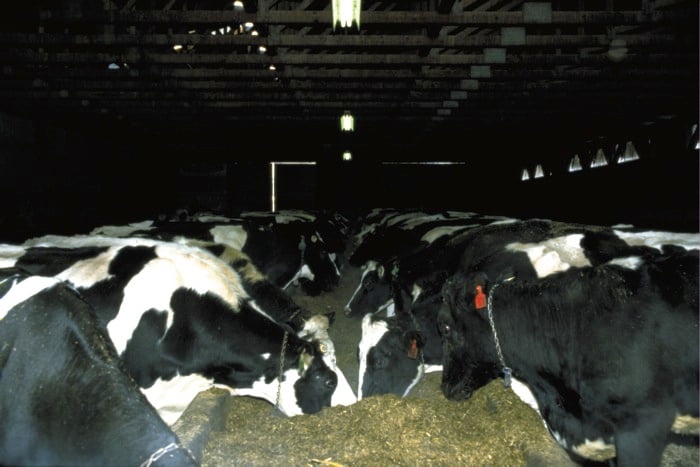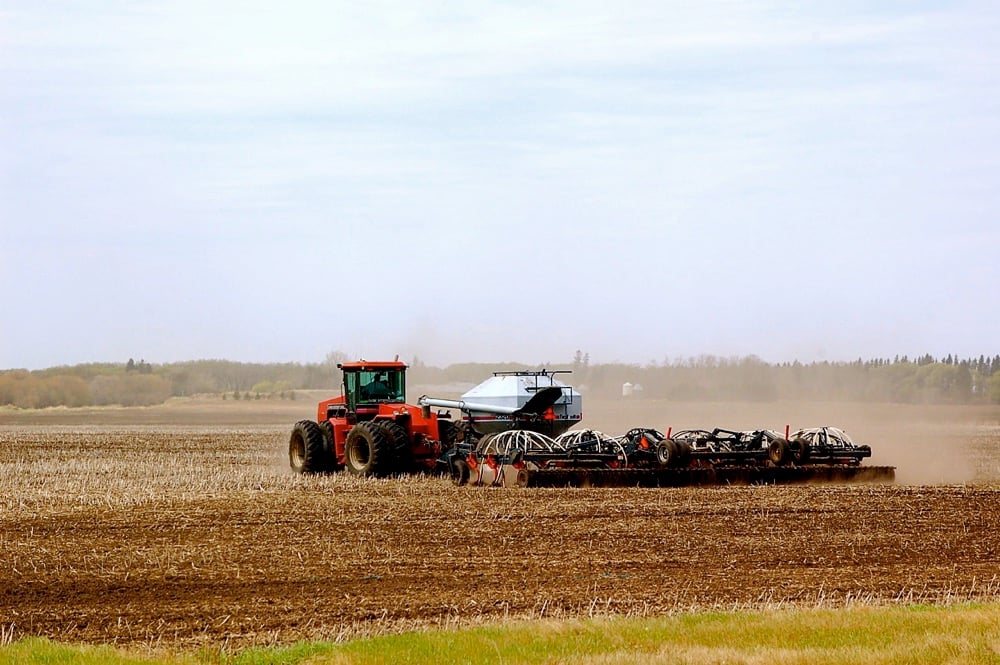Bird flu continues to spread in U.S. dairy farms

The number of dairy farms in the United States that have reported bird flu among their livestock increased to 94 in a dozen states, according to reports.
Meanwhile, the Centers for Disease Control said the risk to humans remains low. The CDC noted it’s monitoring more than 500 people with 45 tested for bird flu. As the CDC said the [A}H5N1 strain that killed a dairy farm worker in Texas about three months ago was found to be lethal in ferrets used in experiments that were designed to mimic the disease in humans.
Read Also

Saskatchewan spring planting virtually complete
At 98 per cent complete, spring planting in Saskatchewan has essentially wrapped up for 2024, although for rain has delayed…
So far, U.S. and state scientists believe bird flu is spread among animals and humans through infected milk, aerosolized milk droplets or exposure to infected birds and poultry. They are planning to research the potential for the disease to be spread by respiratory means among dairy cattle.
Work on vaccines was now underway, with U.S. Department of Agriculture Secretary Tom Vilsack announcing 24 companies are involved. However, Vilsack warned their work could take years to develop a viable vaccine.
Internationally, a four-year-old boy in the Indian state of West Bengal contracted H9N2 bird flu, according to the World Health Organization on June 11.
Then on the Farne Islands, located off of the United Kingdom’s North Sea coast, more than 9,600 seabirds have succumbed to bird flu. The islands have been closed to visitors for the next two years.
In Canada, Prince Edward Island reported bird flu found in skunks, racoons and foxes. It’s believed the animals contracted the disease by eating infected dead bird.
Source: Farmtario.com

